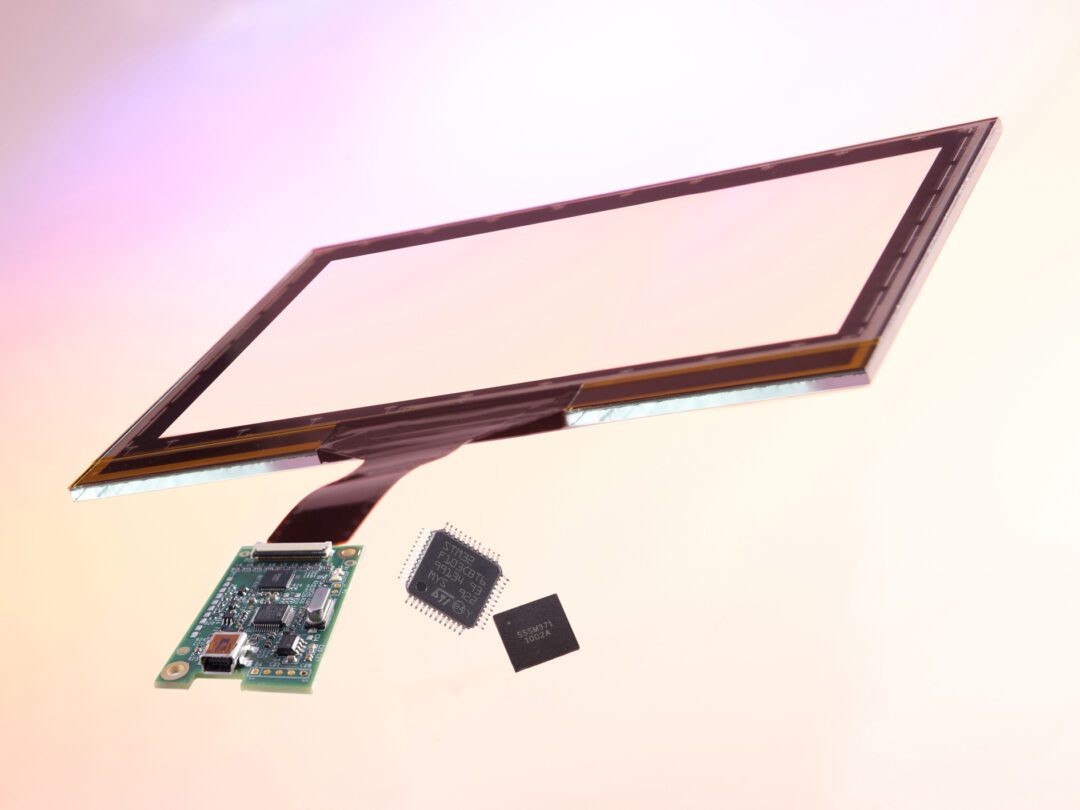Graphene, a single layer of carbon atoms arranged in a two-dimensional honeycomb lattice, has garnered significant attention in various fields of science and technology, particularly as a novel material in touch screen applications. Its remarkable properties make it a compelling substitute for traditional materials used in touchscreen design. In this exposition, we shall delve into the myriad reasons that render graphene an exemplary choice for touchscreen technologies, illuminating its unique characteristics, advantages over conventional materials, and the potential implications for future innovations.
1. Exceptional Electrical Conductivity
One of the paramount attributes of graphene is its unparalleled electrical conductivity. Graphene’s π-bonded electron clouds allow electrons to flow with minimal resistance. This property enables rapid response times in touch screen applications, ensuring that user interactions are seamless and instantaneous. As modern touchscreens require materials that can accurately and quickly detect user inputs, graphene’s conductivity outstrips that of indium tin oxide (ITO), the traditional transparent conductive material used in touch screens. The low latency in signal transmission not only enhances user experience but also facilitates advanced touch functionalities, such as multi-touch recognition.
2. Superior Transparency
Another significant advantage of graphene is its remarkable optical transparency, approximately 97.7% of visible light can pass through a single layer. This trait is crucial for touchscreens, which must allow clarity of display while also providing sensitive touch capabilities. Unlike ITO, which can become opaque with thickness, graphene maintains its transparency irrespective of the layer count, making it an ideal candidate for ultra-thin and flexible displays. This characteristic paves the way for innovative display technologies, including bendable screens and wearable devices.
3. Mechanical Strength and Durability
Graphene possesses extraordinary mechanical strength, being about 100 times stronger than steel by weight. This exceptional durability is pivotal for devices that undergo frequent handling and potential abuse. Touchscreens constructed with graphene can withstand impacts and flexural stresses better than those made with conventional materials. The robustness of graphene can lead to longer lifespans for portable devices, reducing the frequency of replacements and contributing to sustainability in technology by minimizing electronic waste.
4. Lightweight Nature
The lightweight aspect of graphene renders it an advantageous material in consumer electronics, which continuously strive for portability. Incorporating graphene into touchscreens can significantly reduce overall device weight without compromising structural integrity. This reduction in weight is particularly salient for handheld devices such as smartphones, tablets, and laptops, where user comfort and ease of transport are paramount. Lightweight devices can improve user satisfaction and enhance the overall functionality of mobile technology.
5. Flexibility and Versatility
Graphene’s intrinsic flexibility enables the construction of conformable touchscreens that can be integrated into a variety of surfaces, including wearable technology and curved devices. This versatility opens pathways to innovative applications that go beyond traditional flat screens. The ability to adapt to non-linear surfaces also sparks new design paradigms, contributing to novel product development in fields ranging from automotive to medical devices. Furthermore, this flexibility enhances ergonomics and user interaction, as screens can be designed to fit the contours of handheld gadgets or integrated into unconventional environments.
6. Thermal Conductivity and Heat Dissipation
Thermal management is a critical concern in the operation of electronic devices; excessive heat can lead to malfunctions and reduced lifespan. Graphene boasts an exceptional thermal conductivity, surpassing that of most known materials, which allows for efficient heat dissipation. By utilizing graphene in touch screen applications, manufacturers can address overheating issues more effectively, thereby safeguarding device integrity and performance longevity. This thermal property is particularly beneficial in high-performance devices, which generate significant heat during operation.
7. Environmental Stability
Graphene demonstrates remarkable resistance to environmental degradation, including moisture and atmospheric contaminants. This stability is paramount for touchscreens exposed to various external factors, such as humidity and temperature fluctuations. Unlike ITO, which can suffer from performance degradation over time due to environmental exposure, graphene maintains its functionality and aesthetics. Consequently, this environmental resilience contributes to the longevity and reliability of devices, further enhancing consumer trust and brand reputation.
8. Potential for Cost Reduction
While the initial production of graphene has historically presented challenges and high costs, ongoing advancements in synthesis techniques are facilitating more economical methods of production. As the technology matures, the potential for cost-effective large-scale fabrication of graphene suggests a future where its use in touchscreens could become economically viable. Moreover, the extended lifespan and durability of graphene-infused devices could result in reduced operational costs for consumers and manufacturers alike, as longer-lasting products minimize the need for frequent replacements.
Conclusion
Incorporating graphene as a touch screen material embodies a convergence of pioneering technology with practical applicability. Its exceptional electrical conductivity, transparency, mechanical strength, and thermal management make it a highly desirable alternative to traditional materials. As material science and engineering continue to innovate, the ongoing exploration of graphene in touchscreens holds promise for a transformative impact on the consumer electronics industry. The trajectory of graphene technology not only enhances the user experience but also cultivates sustainable practices through increased device durability and reduced electronic waste, potentially reshaping the future landscape of interactive technologies.












